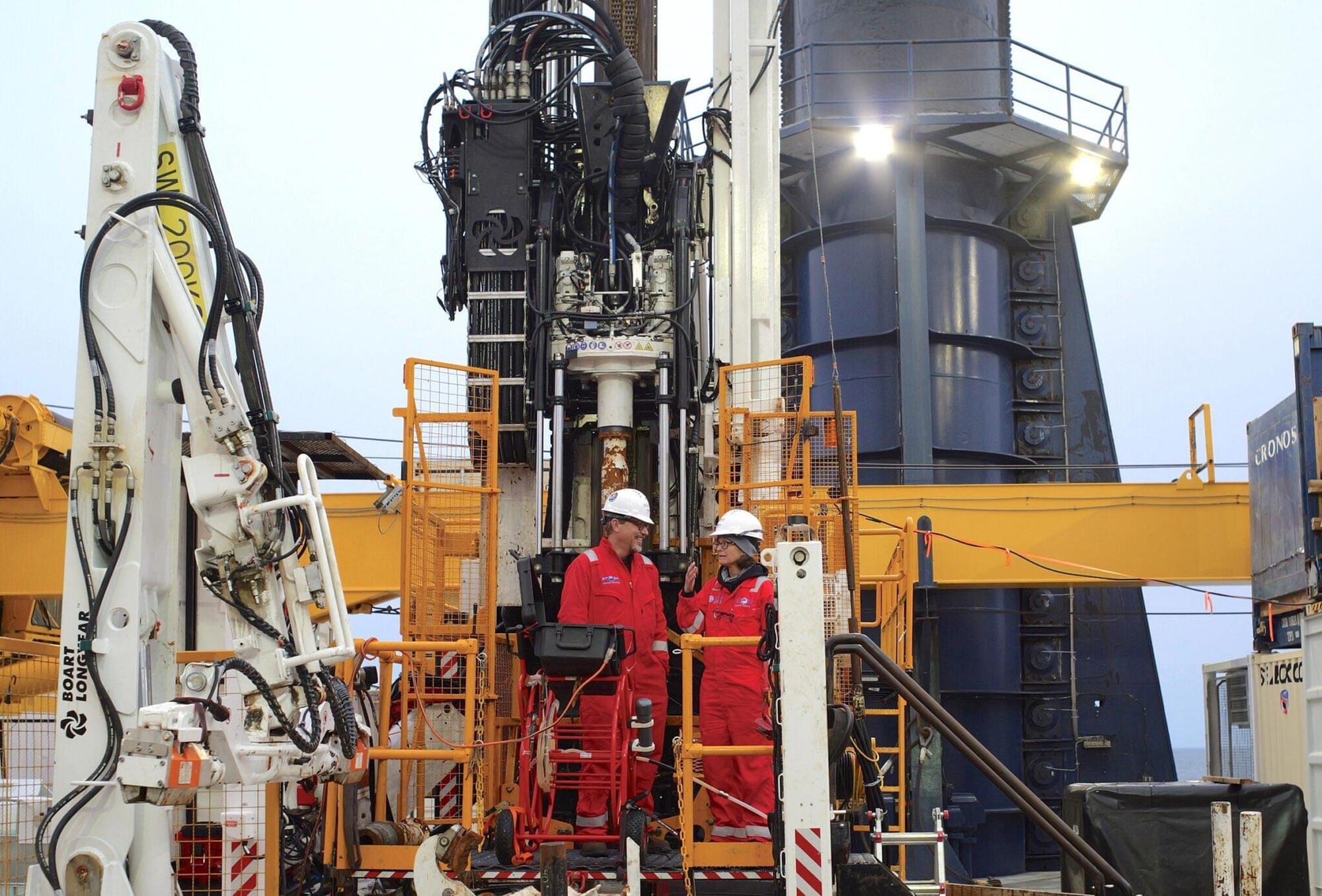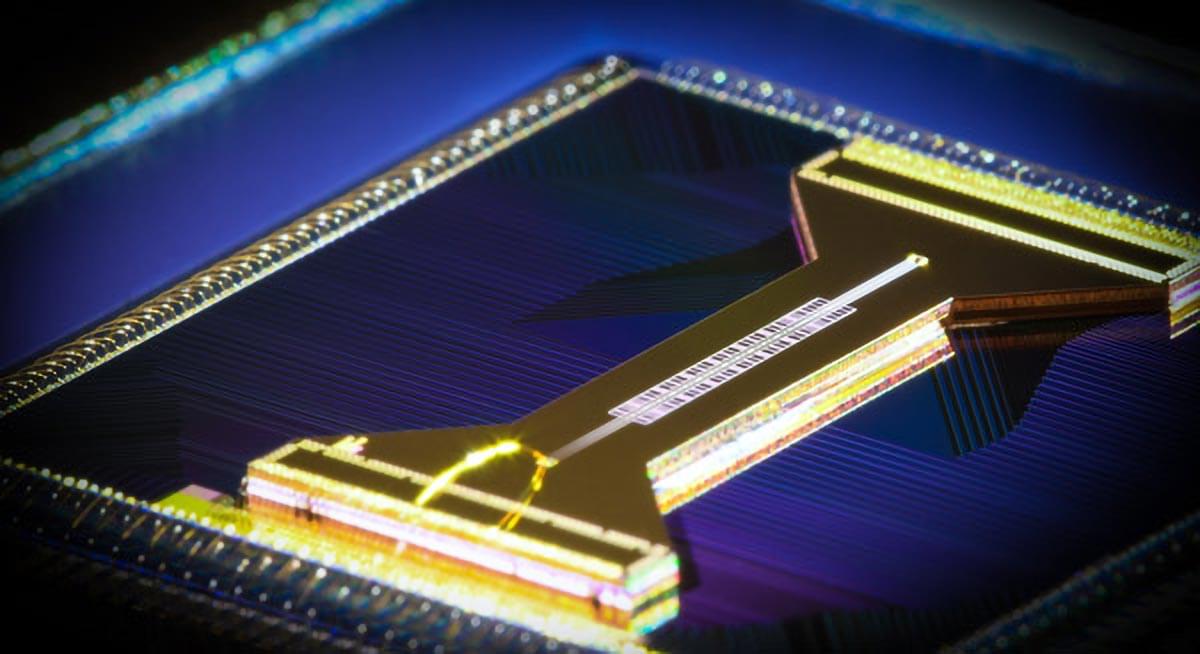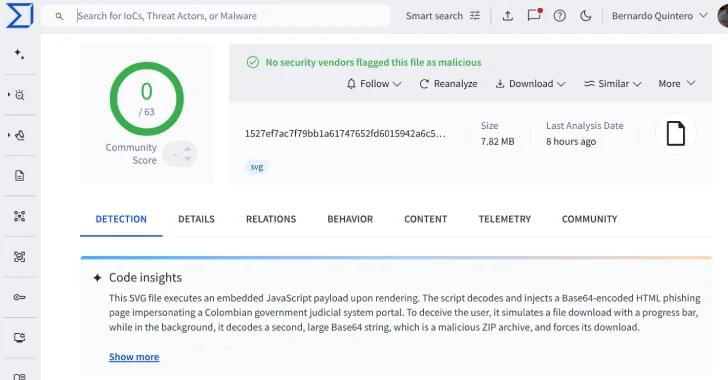For decades, psychiatrists have treated psychosis as if it were separate conditions. People experiencing hallucinations and delusions might be diagnosed with schizophrenia, bipolar disorder, severe depression and related diagnoses, and receive completely different treatments based on diagnosis.
But new research suggests this approach may be fundamentally flawed.
Our latest study, published in JAMA Psychiatry, reveals that the brain changes driving psychotic symptoms are remarkably similar across these supposedly distinct mental health conditions. The findings could change how doctors choose treatments for the millions of people worldwide who experience psychosis.









